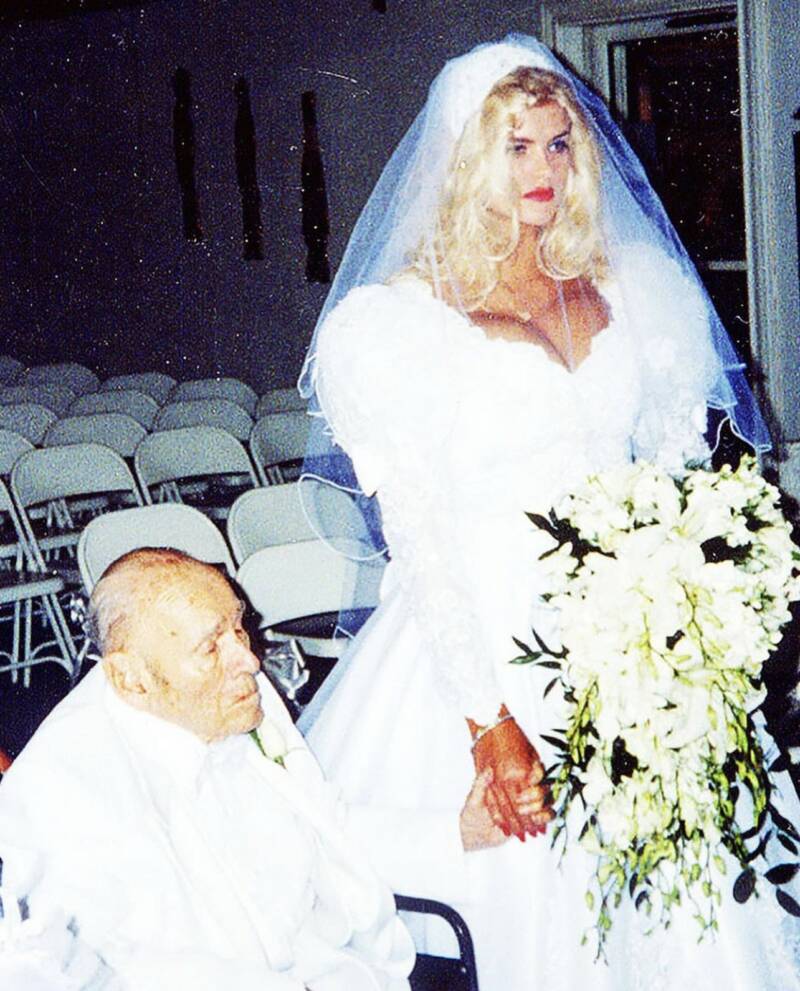Now you're getting into the
Kill Bill Part II conundrum (breaking out of a buried coffin).

P.S. for the sake of my previous example, let's say the "buried" corpse was the victim of a mob hit and was placed in a shallow grave 2 months before the zombie outbreak.
But yeah, I think most zombies in a graveyard would be trapped in their coffins.
Right, the undead would be largely sequestered from us, safely trapped in morgues and coffins or cremated. Thus, we should not see many decomposed zombie corpses if they have a special enzyme that
stops decomposition.
Of course, if they just decompose
slowly, we merely need to imagine that we're a few years into the zombie apocalypse to justify the presence of
many heavily decomposed zombies. However, if zombies do decay, then trick to surviving the zombie apocalypse is to wait them out.
1. Determine their rate of decay. This will let you know when most of the undead will re-expire.
2. Stock up enough supplies in a location with a freshwater supply to wait them out.
3. $$$PROFIT$$$
Thus,
a trapped zombie will STILL only be a temporary threat if they decompose slowly. Even if they don't need food (how they move without energy is a nice question!), they will eventually fall apart (because they are decomposing).
So, the problem is rate-of-decay, right? A zombie that doesn't decompose doesn't look the part. A zombie that decomposes as fast a dead human will be bones in a relatively short amount of time. The Goldilocks Zone will be decay resulting in the right aesthetic, but slow enough that the apocalypse will not end with a whimper as zombies fall apart in short order.
Thus, the crucial question in our scholarly discourse on this culturally significant topic is
what is the proper half-(un)life of a decaying zombie?



